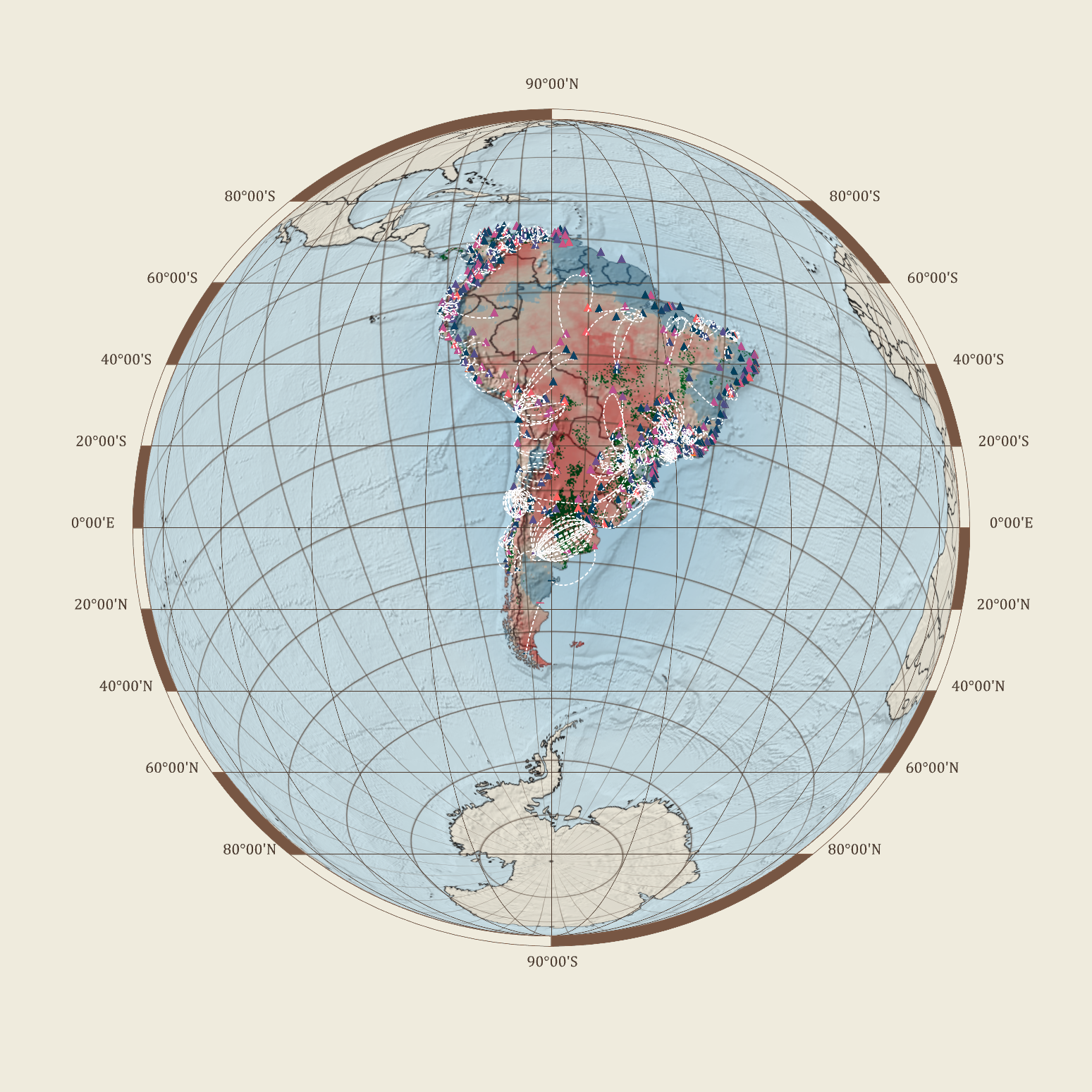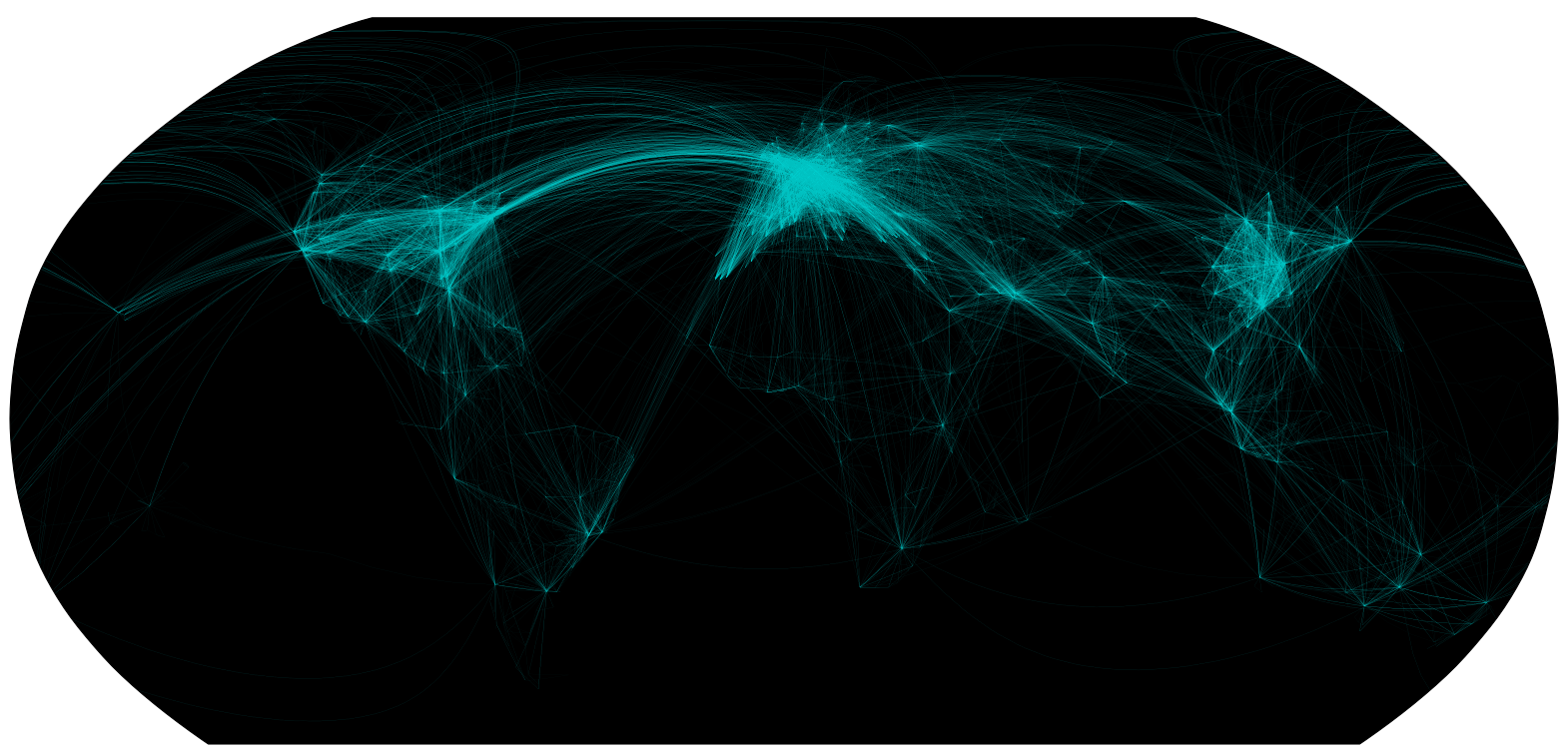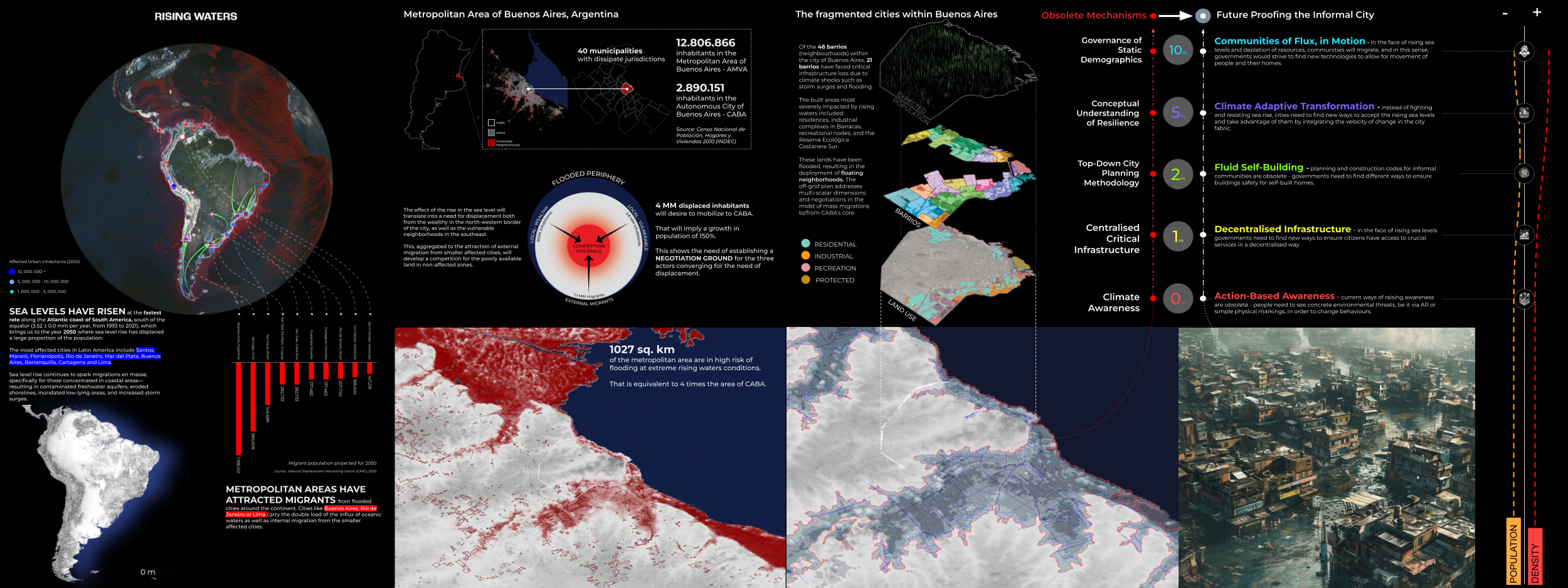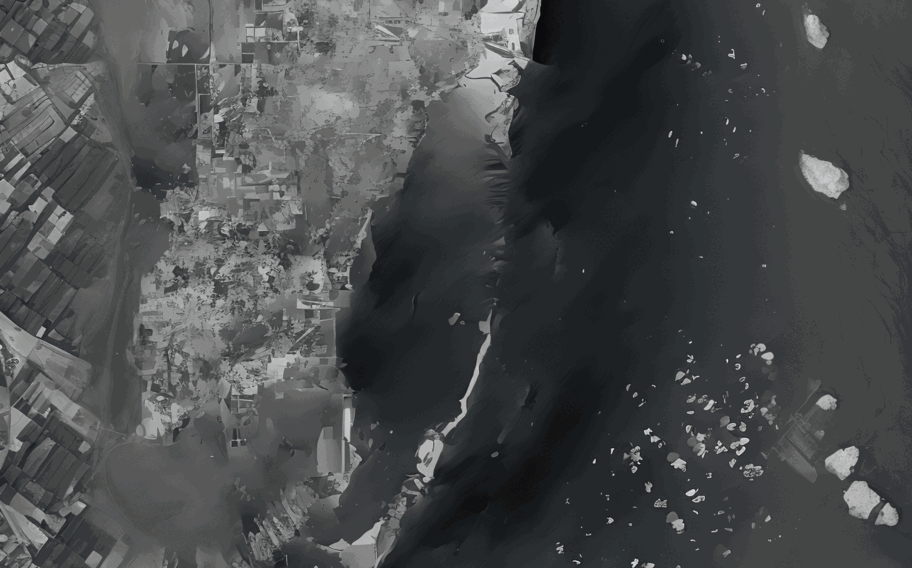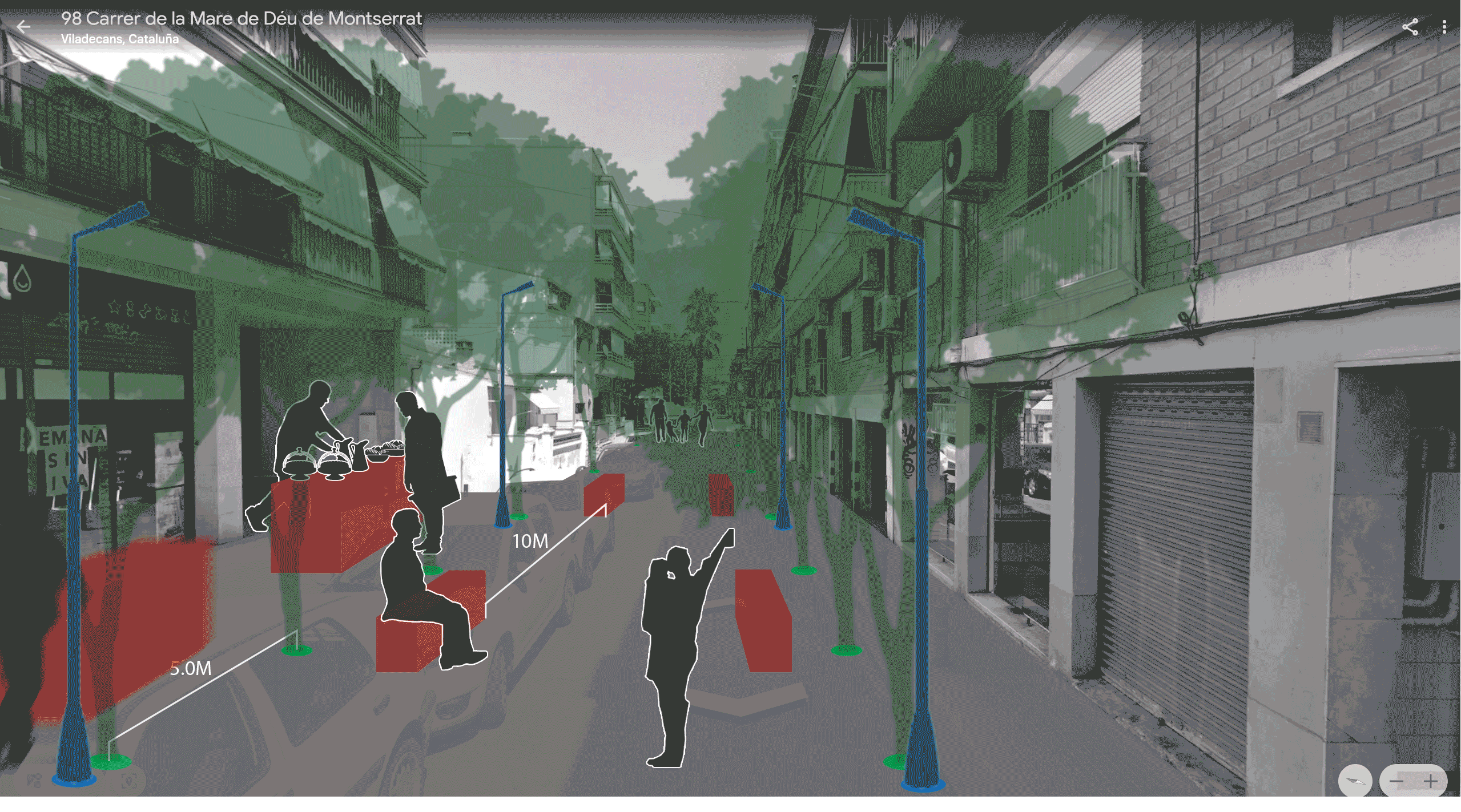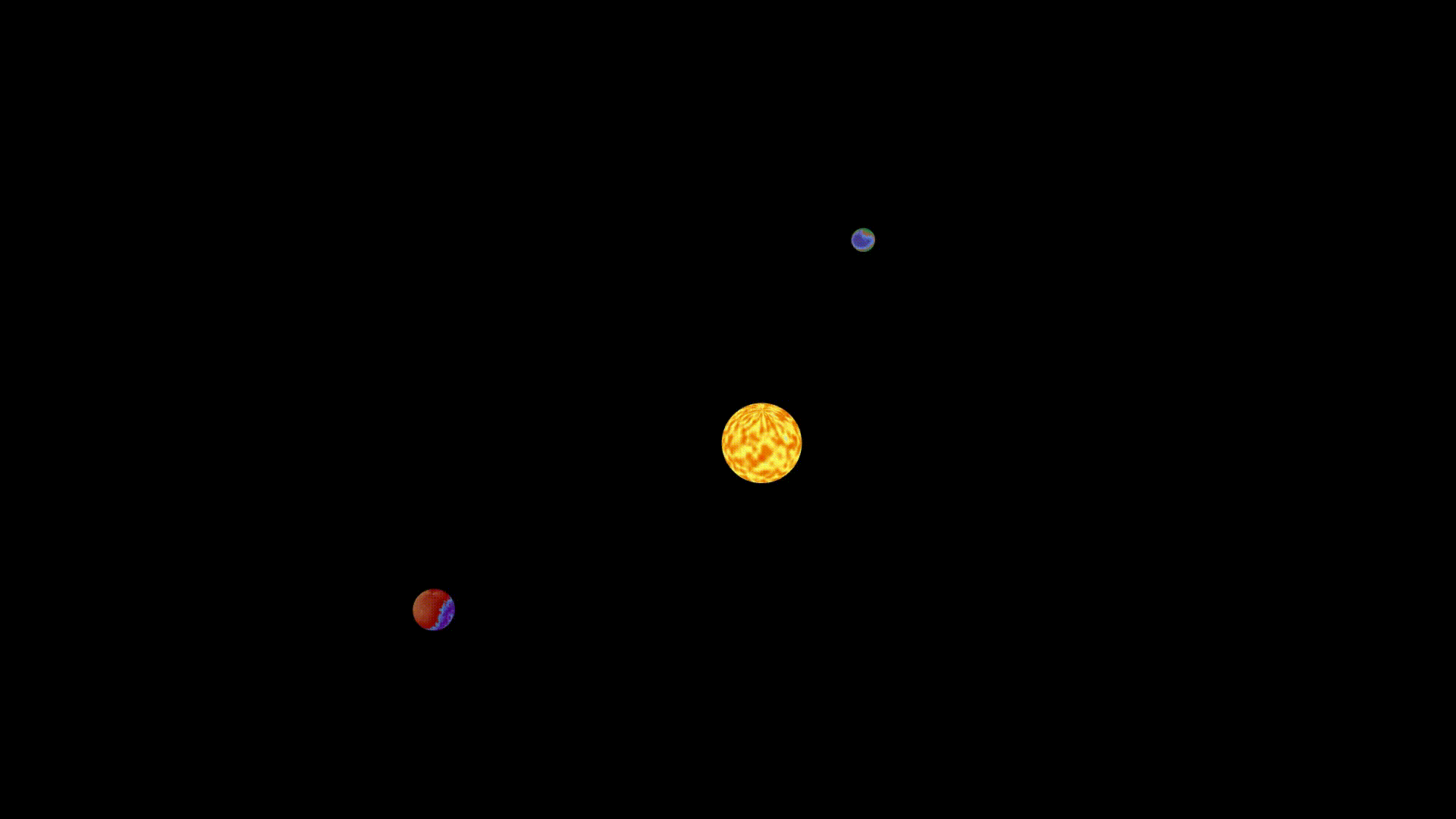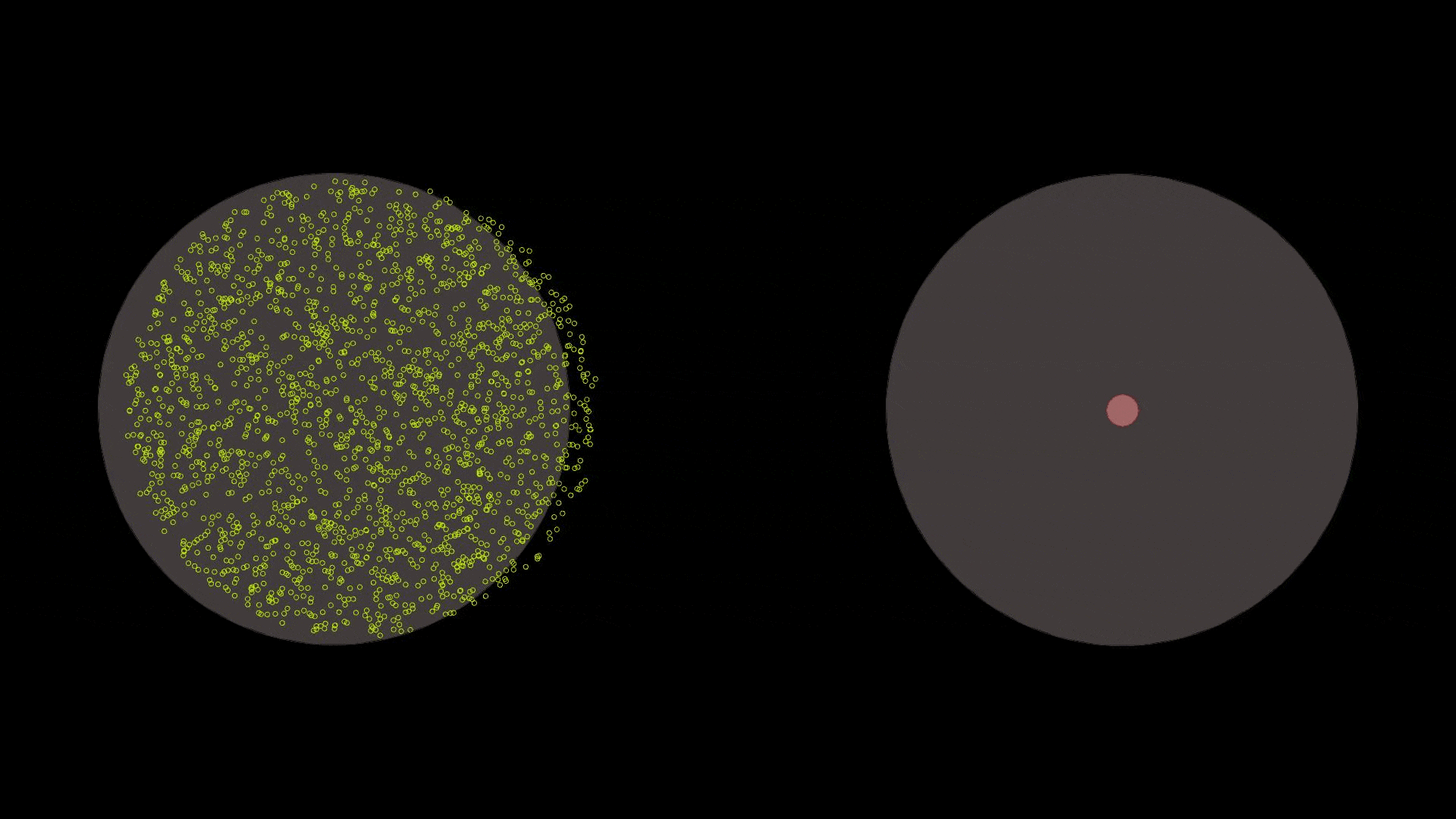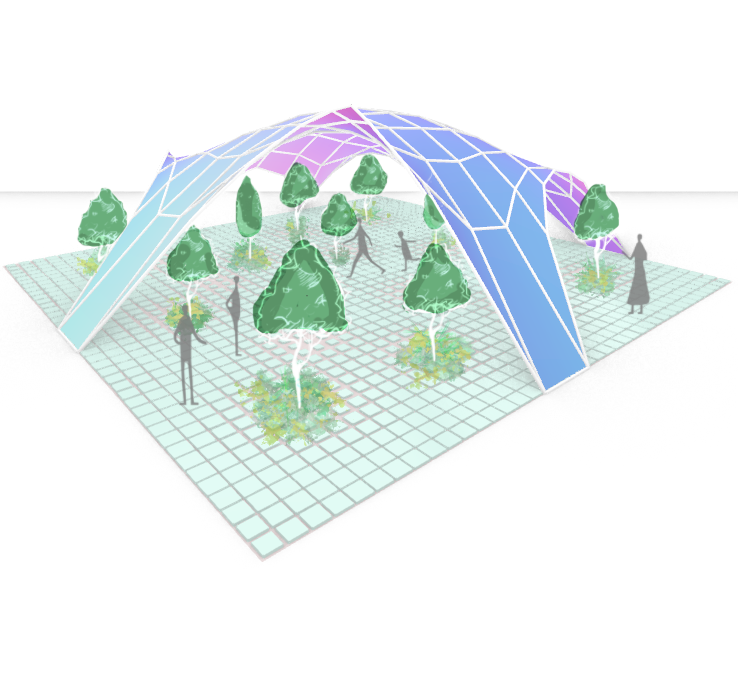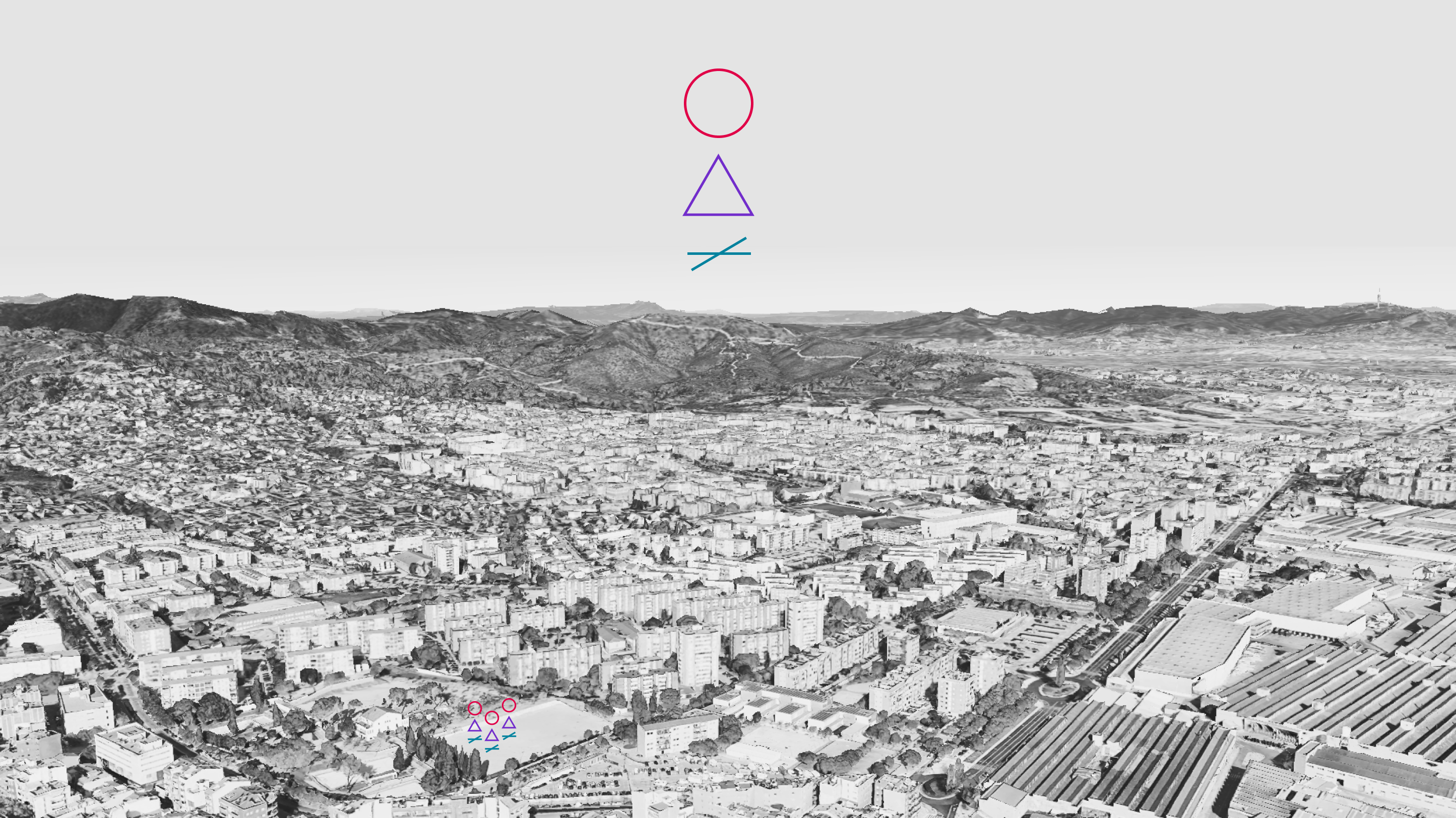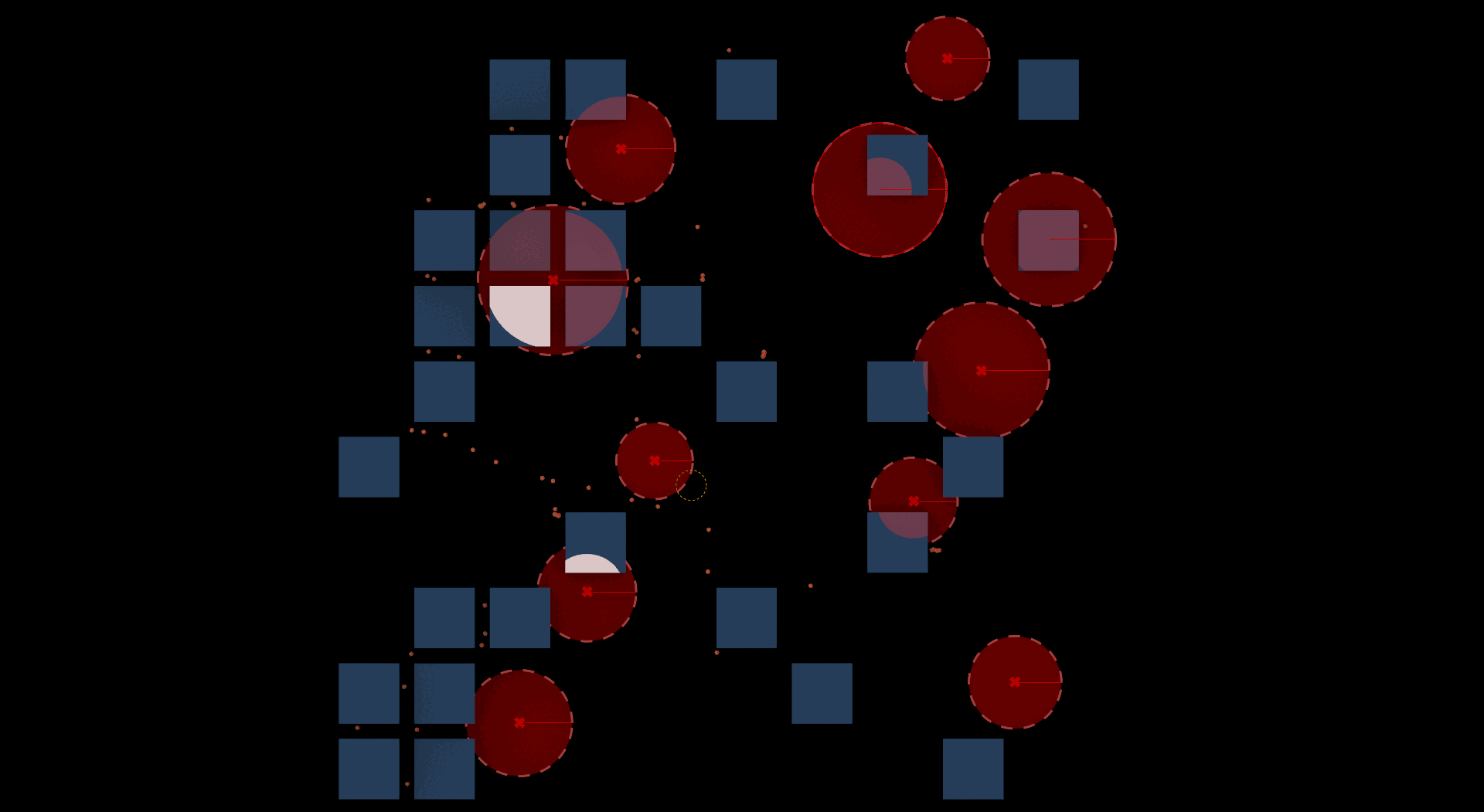Thirst For Change
Abstract Latin America finds itself at a crossroads, facing a tightening grip from a seemingly paradoxical situation: a growing scarcity of water amidst regions prone to both droughts and floods. This foundational story explores the current and future drought conditions gripping the continent, highlighting the environmental, social, and economic challenges at play. Introduction Understanding the … Read more

